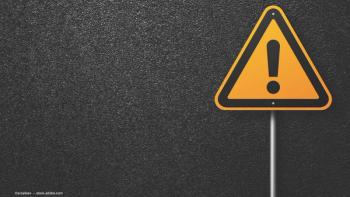
Swept-source OCT better for imaging posterior sclera, not lamina cribrosa
Swept-source optical coherence tomography (OCT) may be superior to enhanced depth imaging (EDI)-OCT in imaging the posterior sclera, but not in imaging the lamina cribrosa, according to a study published online in the American Journal of Ophthalmology.
Swept-source optical coherence tomography (OCT) may be superior to enhanced depth imaging (EDI)-OCT in imaging the posterior sclera, but not in imaging the lamina cribrosa, according to a study published on-line in the American Journal of Ophthalmology.
Researchers from The Catholic University of Korea, Seoul, obtained both EDI-OCT and swept-source OCT images in 32 myopic patients with glaucoma. B-scan images were used to obtain subfoveal choroidal, subfoveal scleral, and central laminar thicknesses, performed at three locations by two masked observers.
With EDI-OCT, the posterior border of the sclera was visible in 31% of eyes, compared with 53% using swept-source OCT. Using McNemar's Χ2-test, detection of the posterior border of the sclera was significantly different between the two imaging modalities (P = 0.008), while that of the posterior border of the lamina cribrosa was similar. In highly myopic eyes, the detection rate of the posterior border of the sclera and lamina cribrosa was not significantly different. Intersystem intraclass correlation coefficient (ICC) was 0.769 for subfoveal scleral thickness and 0.900 for laminar thickness. Mean subfoveal scleral thickness was 464.32 μm with EDI-OCT, compared with 650.26 μm with swept-source OCT, a statistically significant difference (P = 0.018).
To view a copy of the abstract, click
Newsletter
Get the essential updates shaping the future of pharma manufacturing and compliance—subscribe today to Pharmaceutical Technology and never miss a breakthrough.















































